1260 Memorial Drive
Atlanta, Georgia 30316
404-458-1330
What Is Remy Hair & Why Is It Important for Hair Extensions?
Mikey MoranThe term "Remy Hair" gets thrown around a lot.
Is it a brand? A style? Are they good hair extensions? Bad hair extensions?
What are remy hair extensions? And what is a hair vendor?
Many terms in the hair industry get mixed around and used for marketing, branding, and advertising.
Today, we will discuss everything you need to know about What is Remy Hair.
As a hair business owner, it is essential to understand the terms used in the industry. You will find some clients will "test you" on your knowledge. Learn the specifics of commonly used hair terms like "Remy" is really important for your success.
Being able to explain what Remy hair is, along with other hair terminology, will give you an edge over the competition when trying to sell hair extensions.
Using Remy hair with human hair bundles, lace closures, and wigs is going to be crucial for your hair quality success.🎯
I take the time to write about this because our mission at Private Label is to help create hair brands for clients and we want them to be ready for every question sent their way.
Before we go into what Remy Hair is, you will first want to understand the breakdown of the components of human hair.🪮

Elements of Human Hair
The three most essential parts of a human hair strand are the Medulla, Cortex, and Cuticle.
Understanding these elements will help you better visualize the human hair strand.
Medulla
The innermost layer of the hair shaft is the Medulla.
A Medulla's shaft is nearly invisible and considered very fragile. Even today, scientists are not 100% certain of the Medulla's role but just that it exists.
This portion of the hair is something you would never see or be able to feel. Of course, you could possibly see it with a high powered microscope, but I don't think anyone in the hair industry needs to go that far for examining hair quality or its construction.
Cortex
The area of the shaft between the Medulla and Cuticle is the Cortex.
A hair's Cortex is the thickest hair layer containing the pigment to give the hair its color.
Cuticle
The outside layer of a human hair strand is known as the cuticle. This term is used a lot in the hair extension business. Some people even name their brands with this term.
The cuticle is an integral part of determining if the human hair is "Remy" vs. "Non-Remy."
Dead cells that are overlapping create the actual cuticle portion of the hair. Despite being the outside layer, the cuticle does not affect the color of the hair as that is within the cortex.
These dead cells give the hair strand strength and protection.
Here is an example I made to give you a basic idea of what a hair strands composition looks like:

What Is Remy Hair?
Now that you know the composition of a strand of hair, lets discuss how it plays a role in determining what remy hair is.
Your natural hair lays in a downward position, and so do the cuticles in your hair.
If you hold the bottom of your hair, wet your fingers, and run them up the strands, you will feel slight friction. Those are the scales of cuticles on the strands of your hair.
If your hair extensions have all the cuticles running in the same direction, you would have genuine Remy hair.
There are no other true scientific meanings for the term "Remy." You might hear it used in other instances, but it would be related to marketing or honestly something someone just made up.
Remy hair extensions are super popular.

Why Is Remy Important for Hair Extensions?
Have you ever worn virgin hair bundles that would instantly matte up and tangle?
Yikes!
That is the worst, right?
When you are working with "Non-Remy" hair extensions, you will have strands of hair with cuticles going in both directions. This non-consistent direction will quickly cause problems with your hair extensions.
This lack of care usually happens while collecting or donating the hair used for hair extensions.
For example, someone will cut the hair, and it drops to the floor and then later collected, then there is a good chance the hair will have cuticles going both up and down.
This process is also when the collection of single-donor hair is critical.
You must band the hair before cutting the human hair to ensure the hair cuticles are facing the downward position. This method is the best method for collecting hair. As long as the strands stay in the same position during the shackling and wefting process, then you should have Remy hair extensions once the creation process is complete.
Manufacturers of hair extensions are more educated now and understand the importance of the entire process and the need for quality Remy hair.

Marketing Terms for Remy
The term "Remy" can be confusing because many companies also use it for marketing and advertising.
Do all companies that call their hair "Remy" actually sell Remy hair?
No way!
We have seen some cheap beauty store-packed hair with the word "Remy" in their brand name. They might not have said if the hair they offer is Remy, which it wasn't, but it was in their brand name, so most people would expect it to be so.
Tricky huh?
When dealing with really cheap hair, you will often get what you pay for.

Do You Sell Remy Hair?
Yes, all the hair extensions found on Private Label Extensions would be considered Remy hair or Raw hair.
The cuticle direction of remy hair is crucial for us because we supply thousands of top stylists and salon owners with hair extensions for their brand. Stylists do not want "cheap" non-remy hair that is going to have issues for their clients.
All the hair sold at the Atlanta, Detroit, Lithonia, and other Private Label hair showrooms are always 100% human hair. I just wanted to mention this in case you are not our client yet and were interested in our hair for your hair brand.
If you have any questions about hair extensions, just give our hair team a call, we would be happy to help!
Remy Hair: Another Perspective!
Because the subject is so important, we decided to ask another one of our writers to give her perspective and research on "What is Remy Hair."
So many terms in the hair industry get mixed around so we thought this would be an interesting perspective.
If you walk into any local beauty supply store, you will see the term “REMY” plastered across nearly every pack of “Human” hair sold. Remy has been used as a marketing term to make consumers believe that the hair sold is somehow better than other “non-Remy” hair.
Unfortunately, a lot of this “Remy” hair is either non-Remy or mixed with non-Remy or synthetic hair.
Most women don’t know what the term Remy means and purchase hair that claims to be Remy but is just as bad as a synthetic mix hair.
After a vendor cuts the hair from a ponytail, he has to ensure that the cuticles remain intact and the hair follicles flow in one direction. In addition, the hair strands are single-drawn or double-drawn, meaning the hair should be the same length from roots to tips.
A vendor will typically shave the hair off a donors head, causing the cuticles to go in opposite directions.

Purchasing Remy Hair
Some women may feel that they are saving money by purchasing non-Remy hair, but, they are wasting money in reality.
Non-Remy hair may initially appear soft and silky, but, the hair will become extremely tangled, dry, and will not hold a style after a few washes.
However, the hair seems high-quality because factories coat the hair with silicone, making the hair feel soft and appear silky and shiny. The silicone is not permanent and washes off when you shampoo it and wears away against your clothing.
The hair might last you about a month, and then it will be time for you to replace the hair. The constant need to repurchase hair every month will become extremely expensive.
Remy hair is NOT virgin hair!
I sometimes see the terms used interchangeably, but they do not mean the same thing. Remy hair have cuticles that are intact and aligned, hair is thick from root to tips, and tangling should be at a minimum. Non-chemically processed hair is considered virgin. No bleach, no acid baths, and no harsh dyes.
How Is Remy Hair Collected
The collection process can take place in a salon, lab, or, more commonly an Indian temple.
A hair vendor cuts the hair from a donors ponytail, and this ensures cuticles remain intact. After the vendor cuts the hair, it is then taken to a factory to be cleaned, processed, and bundled.

How Is Non-Remy Hair Collected
Vendors collect non-Remy hair from the floors of salons or temples. This hair is mixed together from different donors and contains some short hairs mixed with longer hair.
Private Label Extensions offer some products with a bamboo steam process for their virgin hair, while products like the Raw Indian Hair and Vietnamese hair are strictly raw. Steam processed means that the hair has been treated with hot water vapor to create a consistent curl pattern.
Just like unprocessed virgin hair, the cuticles are still intact; the hair can be dyed and heat styled, it should not tangle or shed.
Remy Hair Myths
- Comes from India only
- Costs thousands of dollars
- Is the highest quality hair extension
- Is completely unprocessed
Remy Hair Facts
- Remy hair is mono-directional, with cuticles traveling in one direction
- Strong and healthy hair
- Unlimited dyeing options
Remy VS. Virgin Hair: Which Is Better?
While Remy hair is considered a high-quality grade of hair, it is not the best, nor the worst.
Remy hair can come at all quality levels. Some vendors mix their low-quality non-Remy hair with synthetic fiber, and there is also top-grade Remy hair that is soft, silky, and can even be colored.
It is best to purchase from a reputable source to avoid purchasing low-quality, non-Remy hair.
I love Private Label Extensions Brazilian and Malaysian Virgin hair. This hair does meet Remy standard with all cuticles aligned but is excellent quality hair because it does not have chemical damage.

How to Avoid Non-Remy Hair
Avoiding non-Remy low-quality hair can be tricky.
Every hair company advertises high-quality hair, so how can you protect yourself from non-Remy hair?
Even Private Label's cheap bundles would be considered Remy Hair because of the way the cuticles have been aligned.
Here are a few tips:
Avoid Non-Reputable AliExpress and Amazon Companies
Not trying to knock AliExpress (I used to be an avid buyer), but the fact is most of the vendors selling hair on AliExpress sell cheap, low-quality hair. I would advise avoiding
AliExpress brands unless you are positive the hair you are getting is of excellent quality.
Call/Email the Company
Contacting a hair company before a purchase is great because it allows you to become educated about that company’s processing practices.
Ask questions like, “How is your hair processed?” “Are the cuticles kept aligned and intact?” or any other inquiries you may have.
If the phone agent sounds unsure, I wouldn’t recommend making a purchase.
Check Out the Reviews
Because all the reviews on a company’s web page will be positive, check out their Yelp or Google reviews.
These reviews are left by customers and are not managed by the company. Some customers even make YouTube videos about the quality of their hair and the service they received from a hair company.
If you’re going to look for a YouTube review, I suggest watching updated reviews instead of first impression videos.
Updated Reviews show the quality of the hair after a certain period, versus a first impression which showcases the grade of the hair fresh out the packaging.
Purchase a Remy Hair Extensions Sample
Many hair companies allow you to buy a sample, which is either going to be a small strip of a bundle, or they may allow you to purchase one bundle at wholesale price.
Purchasing a sample will enable you to see and feel the hair quality when the hair is fresh out of the packaging. However, it will not give you the same results as having a full head of hair installed for a few weeks.
Unfortunately, there’s no way to guarantee hair quality (unless you’re buying from Private Label, of course).
Sometimes trial and error is a part of the process. Being educated about hair makes it a lot easier to spot lousy hair out, especially before you waste your money!

Some Remy Hair FAQs for You!
Definition: What Is Remy Hair?
Remy hair is considered the highest-quality human hair for human hair wigs and extensions.
It's defined by the method of collection, which keeps the hair cuticles aligned in one direction, mirroring natural hair growth. This alignment ensures the hair remains softer, silkier, and more natural-looking than non-Remy hair, which has cuticles facing in various directions.
The careful collection and processing of Remy hair maintain its natural texture and sheen, making it a preferred choice for high-quality hair products.
Is Remy Hair Human Hair?
Yes, remy hair is human hair that has the cuticles aligned downward all in the same direction. Remy hair does not contain synthetic fibers.
Where Does Remy Hair Come From?
Remy hair comes from woman that donate their hair for religious reasons or for profit. Remy hair is grown from human heads and cut with the cuticles aligned and they are kept in place either when sewing wefts or bunching as bulk hair.
Why Is Remy Hair Considered Superior to Non-Remy Hair?
Remy hair's superiority lies in its cuticle alignment.
Since all the hair strands follow the same direction, they are less prone to tangling and matting, unlike non-Remy hair where the mixed directions of cuticles can lead to friction and tangles. This natural alignment not only makes Remy hair easier to style and manage but also contributes to its longevity.
Additionally, Remy hair retains its natural look and feel, blending seamlessly with the wearer's hair.
How Can You Tell If Hair Extensions Are Truly Remy Hair?
Identifying genuine Remy hair involves a few key observations:
- First, check for the uniformity of the hair cuticles by lightly running your fingers through the extensions; Remy hair should feel smooth in one direction and slightly resistant in the other.
- Second, inspect the hair for natural variations in color and texture, as real Remy hair will be somewhat uniform.
- Finally, Remy hair usually costs more due to its quality and the meticulous process required to preserve the cuticle alignment.
Can Remy Hair Be Dyed or Heat-Styled?
Yes, since Remy hair is raw human hair with intact cuticles, it can be dyed, bleached, and heat-styled, just like your own hair.
However, to maintain its quality, it's crucial to use heat protectant sprays before styling and keep chemical treatments to a minimum.
Always follow up with deep conditioning treatments to restore moisture and prevent damage.

How Should Remy Hair Be Cared for?
Caring for Remy hair involves gentle handling to preserve its natural state.
Use a sulfate-free shampoo and moisturizing conditioner to keep the hair hydrated. Avoid brushing the hair when wet to prevent breakage. Instead, use a wide-tooth comb to detangle gently. Limit the use of heat tools and always apply a heat protectant. Regularly applying natural oils can also help maintain the shine and health of the hair.
Properly cared for Remy hair extensions can last several months to a year, making them a worthwhile investment for those seeking quality and durability.
And always remember to wash the bundles before wearing.
Have a question about Remy Hair? Please leave it in the comments below!👇🏿

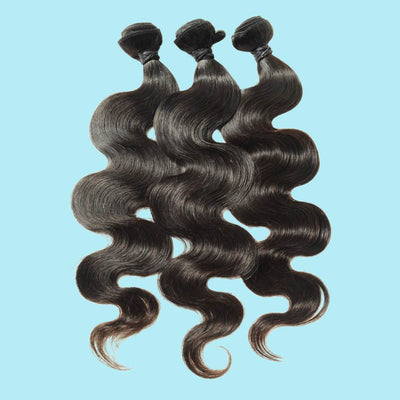
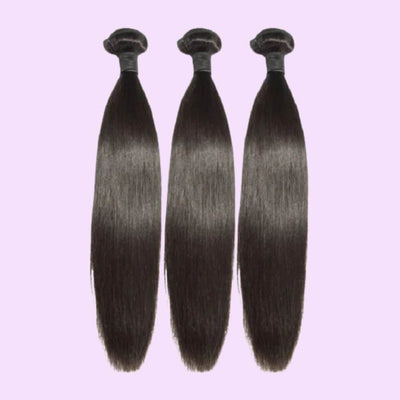
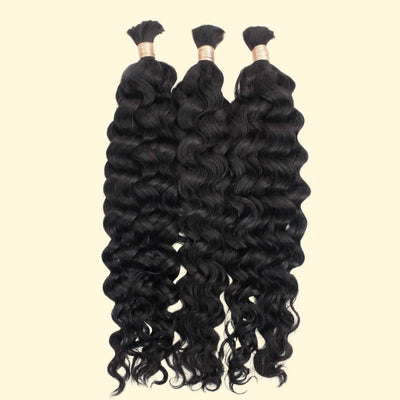
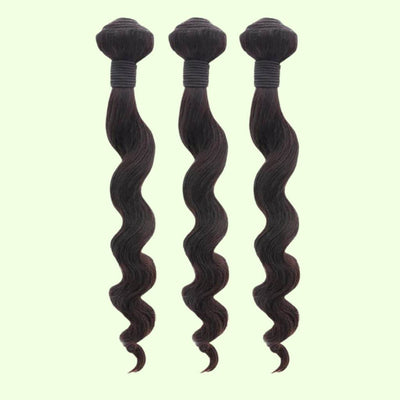
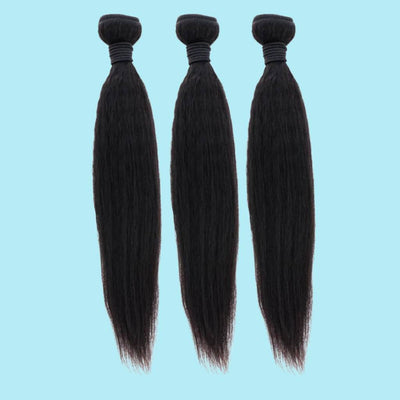
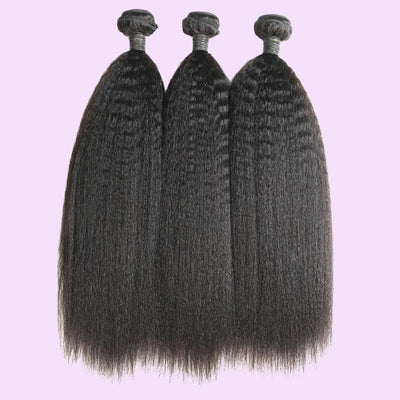
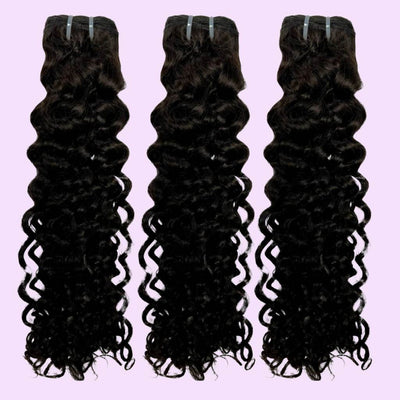
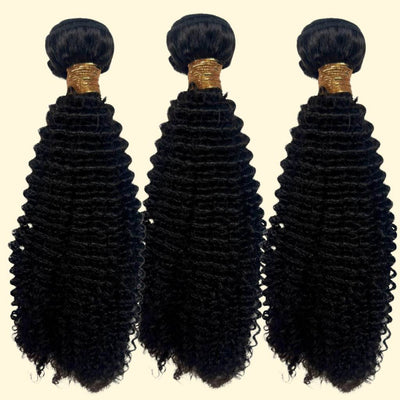


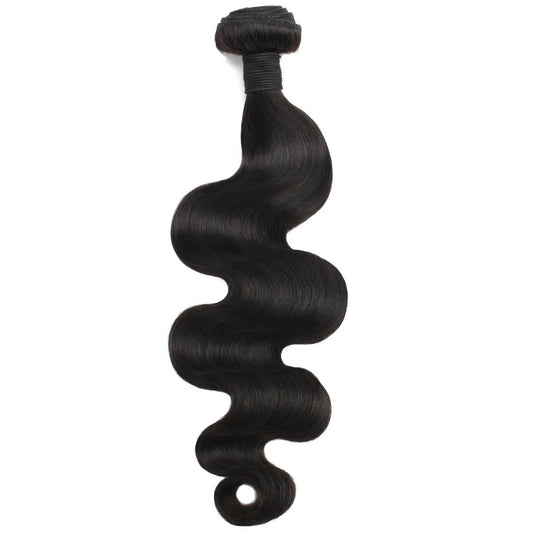

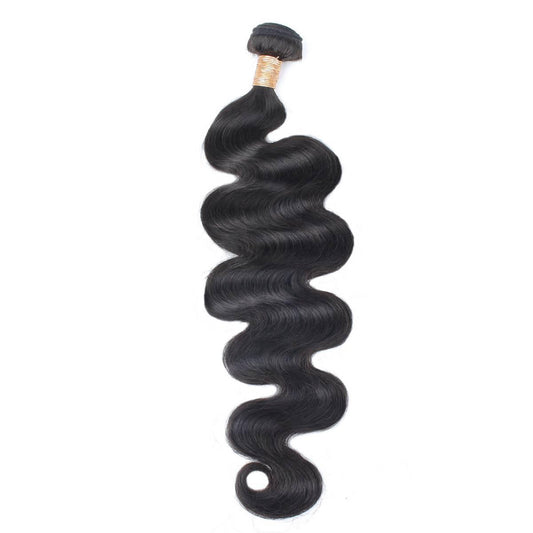
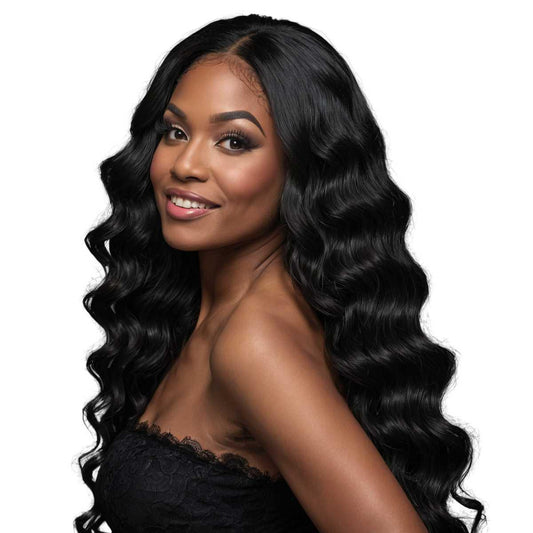
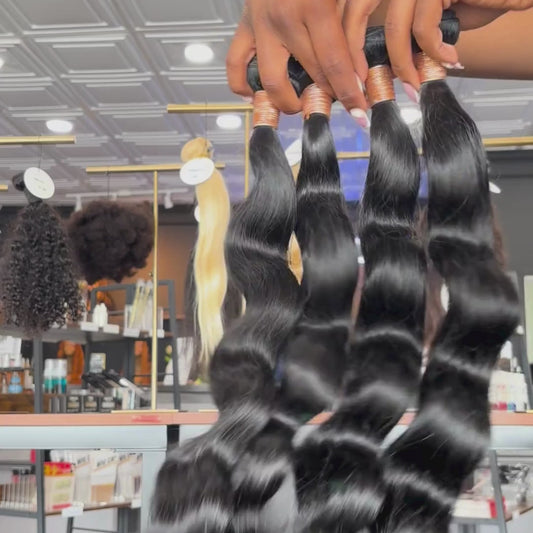
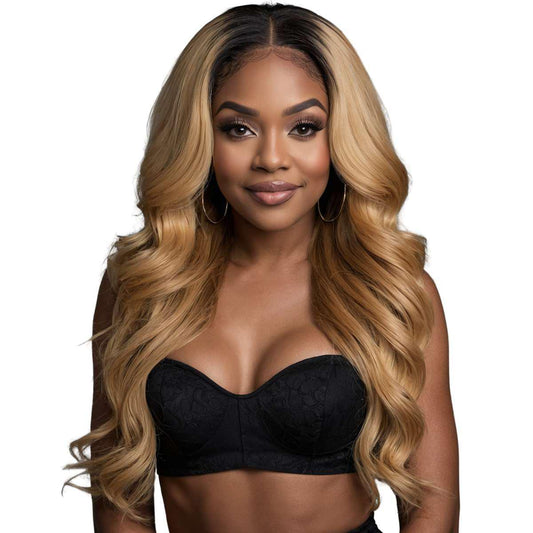
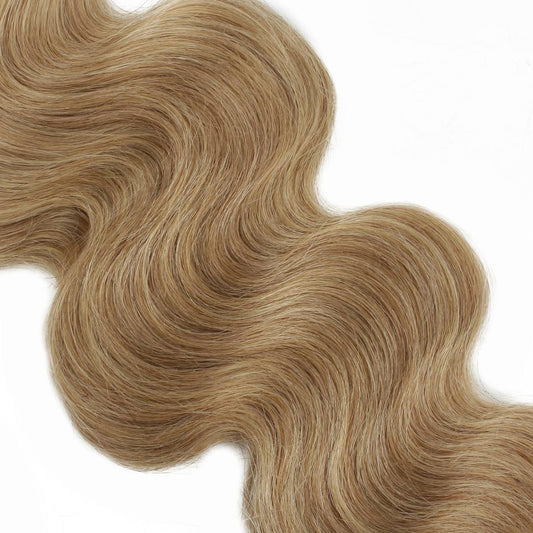
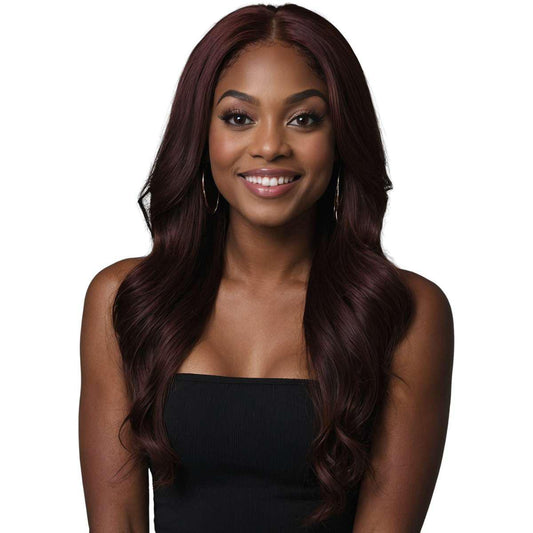
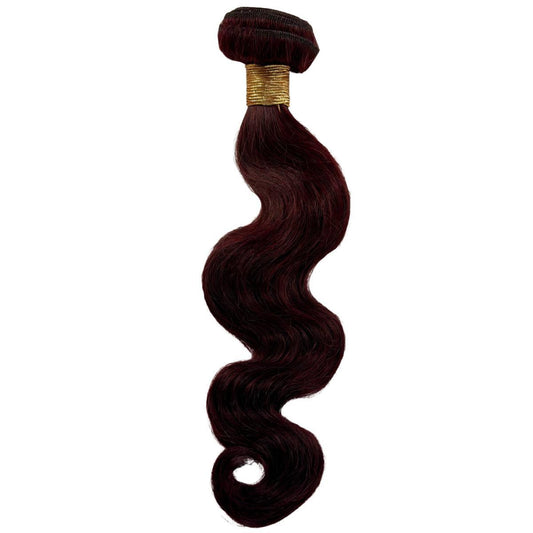


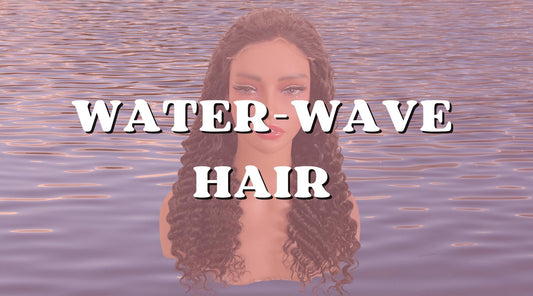

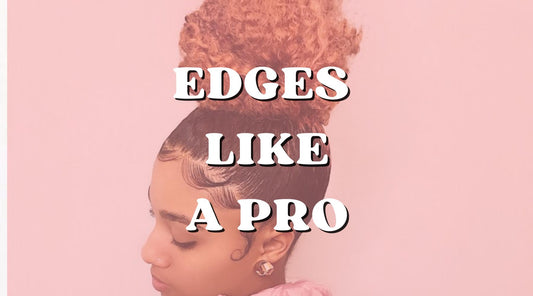
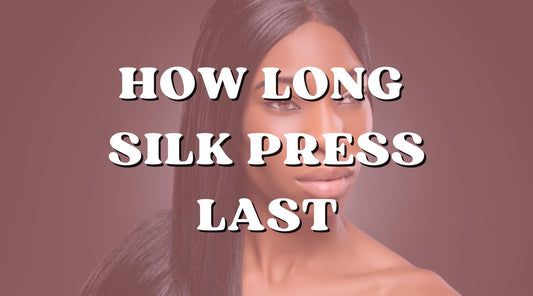
2 comments
Excellent breakdown of what Remy hair is and why it matters for hair extensions! Clear explanations on cuticle alignment and quality differences make this a must-read for anyone looking to invest in their hair. Great job!
Does Remy hair require special maintenance compared to regular hair extensions?